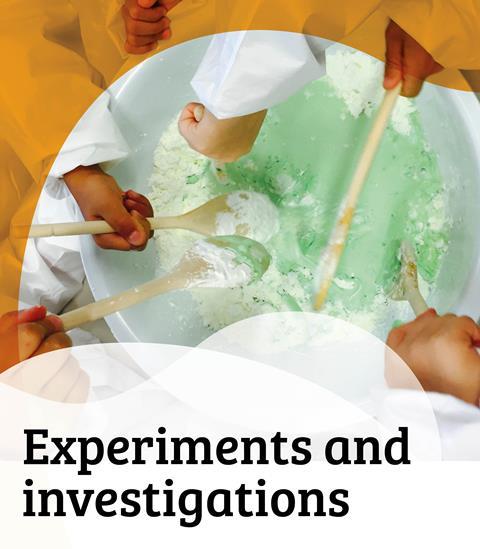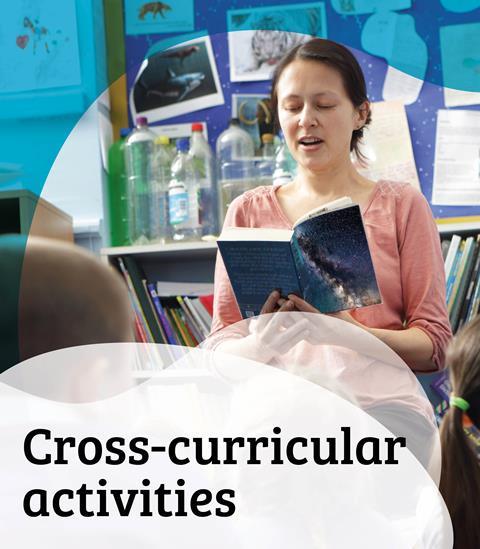Learn about healthy eating with this short podcast
Learn about healthy eating with this short podcast.
Produced by FunKids Radio and the RSC, this short snippet uses Kareena and her superhero friend K-Mistry to introduce children to healthy eating.
This podcasts can be used as a ’hook’ when introducing the topic to your students, or at the end of a lesson to stimulate discussion about what they have learnt.
If you teach primary science, see the headings below to find out how to use this resource:
Skill development
Children will develop their working scientifically skills by:
- Asking their own questions about scientific phenomena.
- Using appropriate scientific language and ideas to explain, evaluate and communicate their findings.
- Selecting and planning the most appropriate ways to answer science questions, including:
- Grouping and classifying things.
Learning outcomes
Children will:
- Recognise and describe the importance for humans of diet, exercise and lifestyle on the way their bodies function.
Concepts supported
Children will learn:
- That diet and exercise impact on the way the human body functions.
- That foods can be placed into different food groups, and that each group provides the body with one or more of its different requirements: vitamins, minerals, proteins, energy etc.
- What is meant by the term ‘balanced diet’, and how to design different diets based on different requirements.
- That not all fats are bad for the body, and how that an appropriate amount is important for a healthy lifestyle
Suggested activity use
This activity provides a useful hook into looking at diets and healthy eating. Children could explore the food pyramid, what a balanced diet is and why we need one, and they could explore which foods belong to which food group.
Children could work in groups or individually to design balanced diets for different types of people, e.g. athletes, astronauts etc. They could explore how and why we have low-fat foods and carry out the taste tests mentioned in the recording.
Practical considerations
A range of different foods could be required for children to sort into the different food groups. Alternatively, pictures could be provided.
Examples of high-fat and low-fat foods could be provided for children to observe and taste.
Please take into account health and safety considerations, particularly those relating to allergies.
Downloads
Kitchen K-Mistry - fast fact: low fat
Audio | Other, Size 1.91 mb
Kitchen science podcasts
- 1
- 2
- 3
- 4
- 5
- 6
- 7
- 8
- 9
- 10
- 11
- 12
- 13
- 14
- 15
- 16
- 17
- 18
- 19
 Currently reading
Currently readingLow fat
- 20
- 21
































No comments yet